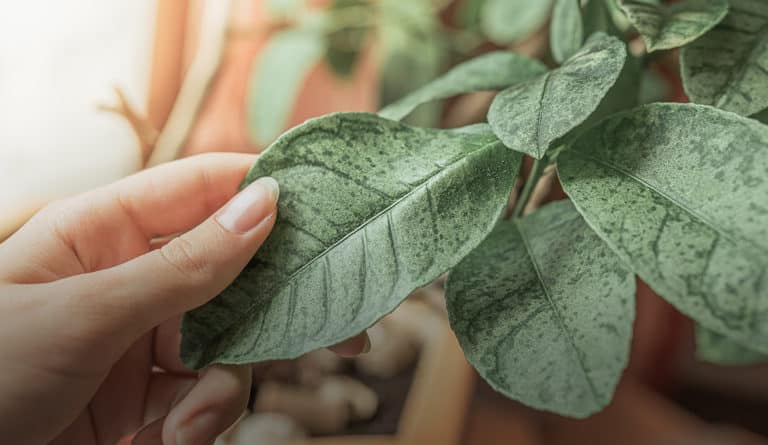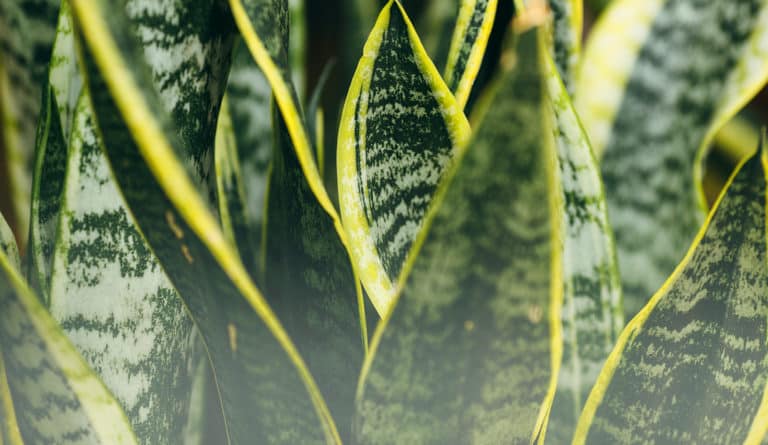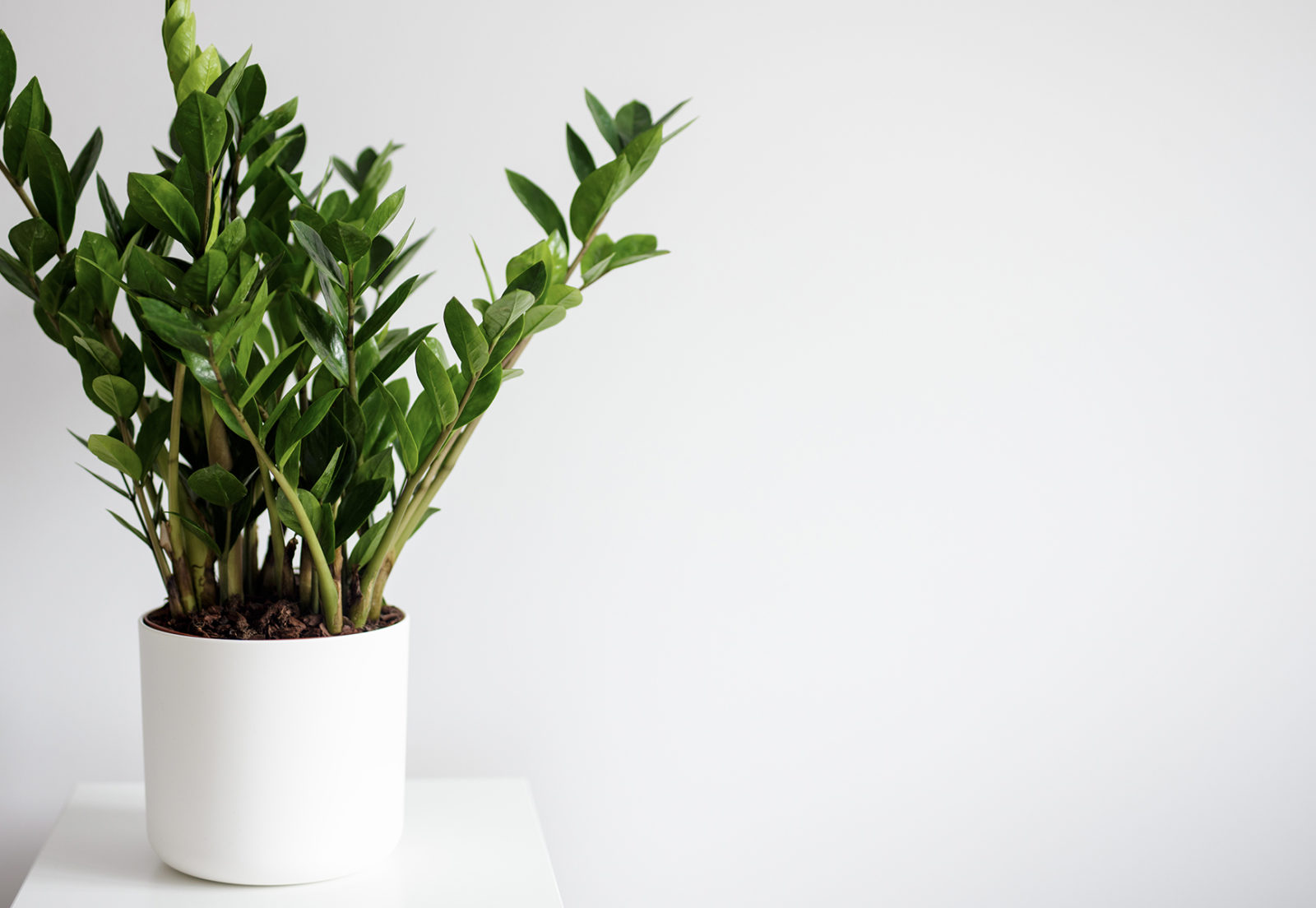
zz plant
aka zamioculcas zamiifolia, zuzu, emerald palm, zanzibar, zanzibar gem, eternity plant
ZZ has such impossibly gorgeous and glossy foliage that many people mistake them as fake. So glossy, so exotic and so low maintenance. In fact this sturdy stunner is sometimes mistaken as a fake plant. It may look too perfect be real, but it is! Meet to the Gem of Zanzibar, ZZ. Description: leaves so glossy and bright looks fake / thrives on neglect / easter and southern Africa / subtropical savannah / easy to grow / beginner plant
variations
There are a few varieties of ZZ, the Raven ZZ with black leaves, the Zenzi with curly bunched up leaves, the Dwarf ZZ or Zamicro which looks the same as a common ZZ but will never grow larger than 2 feet, and the Lucky classic which had more rounded leaves. You can also get variegated leaves on a ZZ.
light
flexible
Happiest in bright, indirect light. One of the few houseplants that can handle some hours of direct sun. But this easy-going beauty is also good in low light. So adaptable.
water + feeding
get dry between watering
Perhaps the only way to kill a ZZ is overwatering. It’s thick waxy coating and water-storing roots mean this plant does well with much less water than other plants. Make sure the top 1 to 2 inches are completely dry before rewatering. It also doesn’t need much feeding. Feed once a month max, in Spring and Summer. Even then, you can dilute the nutrients.
toxic
mildly toxic to humans and pets
Ingestion will cause mouth, stomach irritation and possible vomiting. ZZ’s sap may also cause skin irritation.
location
not fussy
ZZ can thrive almost anywhere. It truly is one of the easiest plants. It’s from Zanzibar, so it prefers the warmth.
humidity
flexible
Dry air is not a problem. It can handle humidity also. You can mist occasionally, but ZZ does well with no special treatment.
size
large friend
This plant can grow up to 5ft tall with a 3 to 4 foot spread.
pro tip
drought tolerant
ZZ plants have thick succulent roots and can live for months with little to no water. They much prefer to live on less water than too much.
fun fact
eternity plant
ZZ earned this nickname because it looks like ancient plants that predate the dinosaurs. Another reason may be its borderline miraculous resilience.
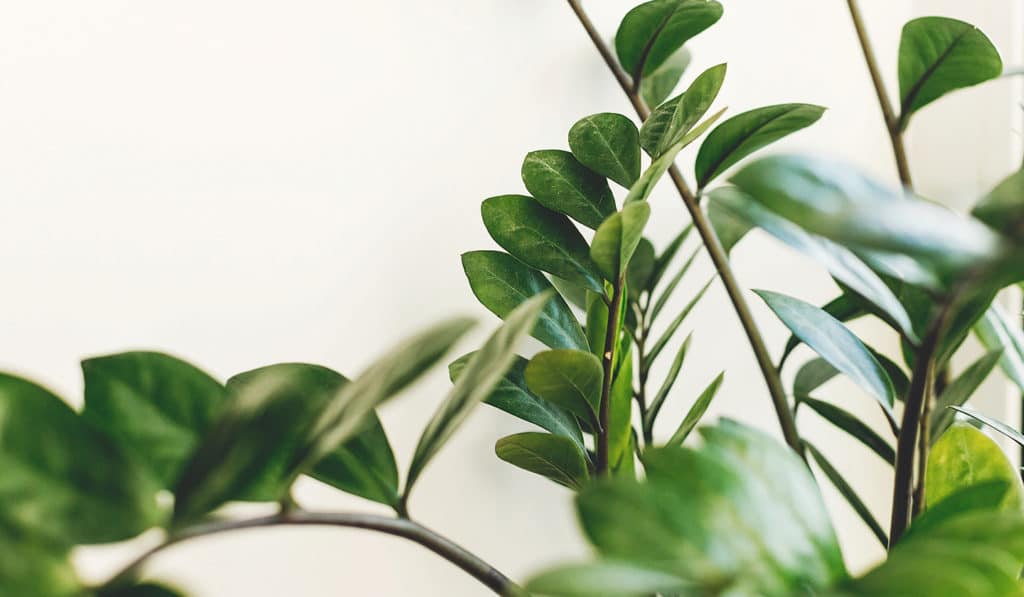
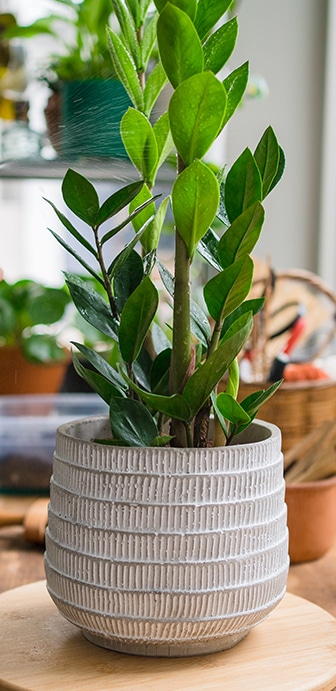
beyond the basics
-
soil & potting
ZZ prefers a light, well-draining potting soil like Miracle-Gro Cactus, Palm and Succulent Potting Mix. Or, use regular potting soil and add some potting sand or perlite. Ensure the pot has good drainage and avoid standing water. Empty drainage trays if you see water collecting.
-
when to repot
In the right light, ZZ grows quickly. Amazingly, they actually enjoy being a little rootbound, so you don’t need to repot as often as other plants. Repot every 3 to 4 years in the Spring, especially with younger plants. Increase pot by 2 inches every time. If you want to slow down growth, do some root trimming. In later years you can replace the top couple inches of soil instead of completely repotting.
-
propagation
Even propagation is easy with ZZ. Dig up the thick root ball and cut it in half. You can technically propagate your ZZ via stem and leaf cuttings, but it’s so much harder than cutting the root ball that we don’t recommend it.
-
pest control
Can get mealybugs and spider mites. When you’re dusting those glossy leaves, inspect the undersides. Check out our Pest control section in Plant 101 for how to identify and deal with pests on your plant!
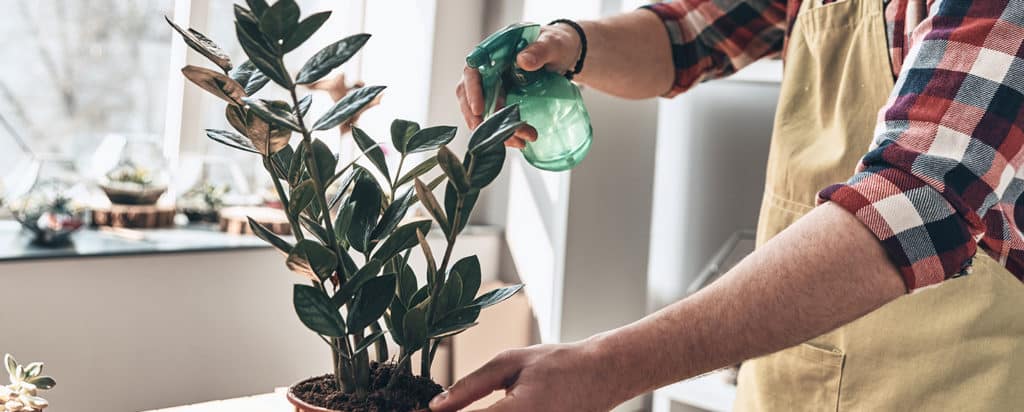
troubleshooting
-
why the yellowing leaves?
Overwatering. By far the most common problem with ZZ. Especially in Winter when it doesn’t need (or want) much water at all. If the plant has been sitting in water, it may have root rot. This problem is no big deal if you catch it early. First, stop watering! Let’s dry out that soil. Check your pot’s drainage. Does it have a hole that allows excess water to escape? Help things dry by poking holes in the soil. This will get oxygen to the roots. You can also put the pot (with drainage holes) in a tray that’s lined with a layer of dry soil. It acts like a sponge to draw out extra moisture. Now, let’s check for root rot. Dig down and cut out any that look affected. If things are really bad, consider repotting entirely with new soil. Moving forward, allow ZZ’s soil to dry between watering. The top couple inches should be dry to the touch. For more information check out our Plant 101 section.
-
why do I have many dropping leaves?
Probably stressed. ZZ is tough but not invincible. If you’ve moved it recently that may have stressed it out. Did you just bring it home from the nursery? That’s a big change. Leaf drop is most common when ZZ was in shade and suddenly put in full sun. Ease you plant to new area when you can. If you haven’t moved it recently, check for wet or totally bone-dry soil. See above for proper watering regimen.
-
what’s with the brown patches on leaves?
Sunburn. It can handle some direct sun, but long Summer exposure can burn even the mighty ZZ. Try moving your plant somewhere that’s still bright, but with indirect light.
-
why isn’t it growing?
Not enough light. ZZ survives well in low light, but it takes bright light for ZZ to thrive and grow. If you’re happy with the size, keep it shady. If you want to see ZZ’s impressive growth in action, move it somewhere with plenty of bright and mostly indirect light. Make this change gradually if you can. Increase your watering (but just a bit) to suit the increased light.
-
why the soft or drooping stems?
Again, overwatering. This is stem rot, spreading up from root rot. Remove all those mushy stems or trim away anything that looks like rot. Now let’s dry the soil and check the roots. Check your pot’s drainage. Does it have a hole that allows excess water to escape? Help things dry by poking holes in the soil. This will get oxygen to the roots. You can also put the pot (with drainage holes) in a tray that’s lined with a layer of dry soil. It acts like a sponge to draw out extra moisture. Now, let’s check for root rot. Dig down and cut out any that look affected. If things are really bad, consider repotting entirely with new soil. Moving forward, allow ZZ’s soil to dry between watering. The top couple inches should be dry to the touch. For more information check out our Plant 101 section.

